Kinaesthetics - Kinaesthetics Exploration
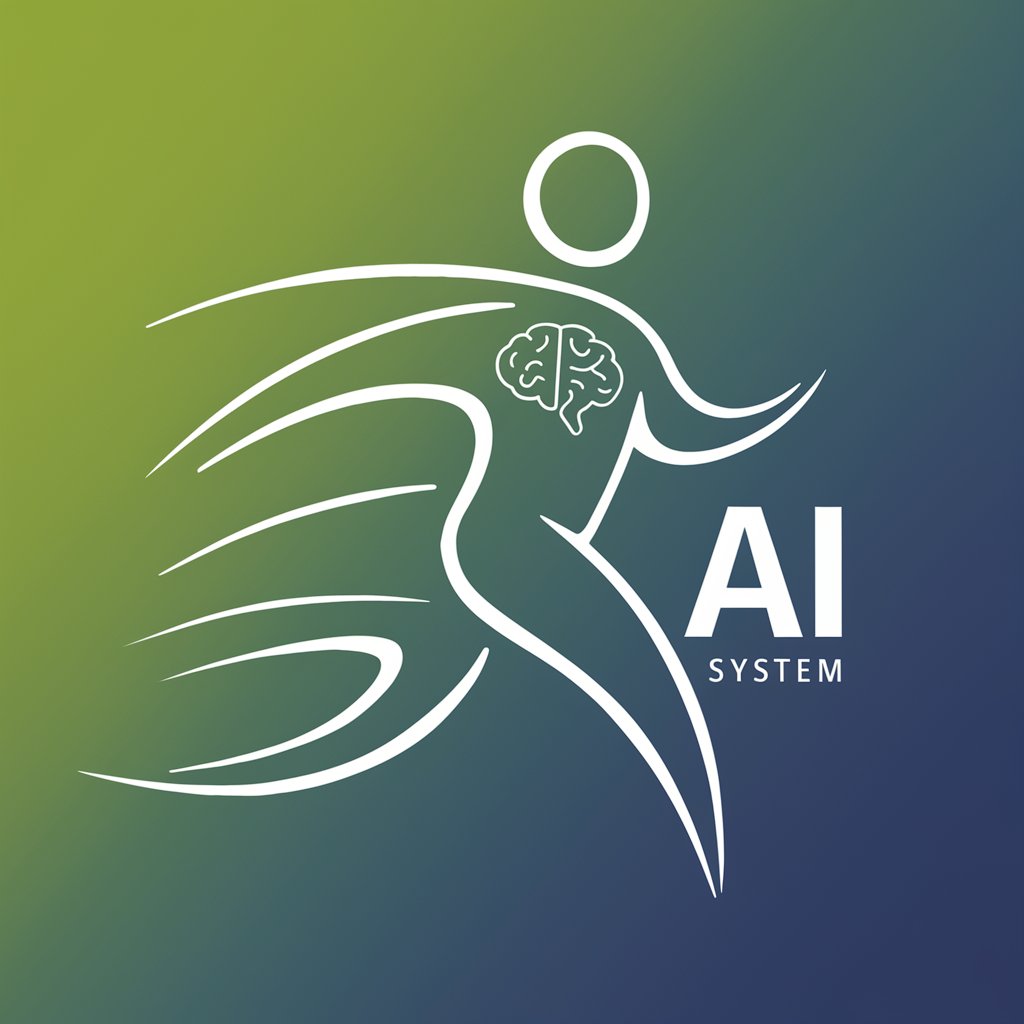
Welcome to the world of MH-Kinaesthetics!
Empower Movement, Enhance Perception
Explain the significance of movement in health development according to MH-Kinaesthetics.
Describe how kinaesthetics can be applied in daily caregiving activities.
What are the benefits of integrating MH-Kinaesthetics principles into organizational training programs?
How does the concept of 'social tracking' enhance interpersonal interactions in healthcare settings?
Get Embed Code
Introduction to Kinaesthetics
Kinaesthetics is a comprehensive approach focused on the study of movement and body perception, primarily designed to enhance individuals' understanding and execution of movements in daily life and healthcare contexts. Originating from the work of Dr. Frank Hatch and Dr. Lenny Maietta, it emphasizes the importance of movement for health development and learning. Kinaesthetics integrates principles from behavioral cybernetics, neuroscience, and physiology to teach individuals how to perform movements efficiently, aiming to improve their health, autonomy, and quality of life. For example, in a healthcare setting, Kinaesthetics can be applied to teach nurses how to move patients without causing harm to either the patient or themselves, highlighting its foundational aim to foster health through movement learning. Powered by ChatGPT-4o。

Main Functions of Kinaesthetics
Health Development through Movement
Example
Teaching individuals with chronic back pain to realign and move their bodies in ways that alleviate pain and prevent future injuries.
Scenario
A physical therapy session where the therapist uses Kinaesthetics principles to guide a patient in learning movements that distribute physical stress more evenly across their body.
Enhancement of Learning Processes
Example
Using movement-based learning strategies to improve cognitive functions and memory retention in educational settings.
Scenario
A classroom where a teacher incorporates movement activities into lessons to help students understand abstract concepts through physical experience.
Promotion of Autonomy and Self-Care
Example
Empowering elderly individuals to perform daily activities safely and independently by teaching them movement strategies that compensate for physical limitations.
Scenario
An elderly care facility where staff members are trained in Kinaesthetics to assist residents in learning movements that maintain or increase their mobility and independence.
Ideal Users of Kinaesthetics Services
Healthcare Professionals
Nurses, physical therapists, and caregivers who benefit from Kinaesthetics by learning to handle patients in ways that prevent injury and promote patient autonomy. This group utilizes Kinaesthetics to enhance patient care and improve their own occupational health.
Educators and Trainers
Teachers and corporate trainers who apply Kinaesthetics principles to create dynamic learning environments. By integrating movement into educational activities, they support diverse learning styles and improve engagement and retention.
Individuals Seeking Personal Development
People of all ages interested in improving their physical health, movement efficiency, and overall well-being. Kinaesthetics offers them strategies for self-care, pain management, and enhancing quality of life through conscious movement.

Guidelines for Using Kinaesthetics
Start with Understanding
Begin by familiarizing yourself with the basic principles of Kinaesthetics, focusing on body perception and movement. Resources like books, online materials, and educational courses can be valuable.
Engage in Training
Participate in MH-Kinaesthetics training sessions or workshops to gain practical experience and understand the application of Kinaesthetics in healthcare and personal development.
Apply in Practice
Incorporate learned Kinaesthetics techniques into your daily activities, especially if you work in healthcare, therapy, or education, to enhance interaction and movement quality.
Reflect and Adapt
Regularly reflect on your experiences with Kinaesthetics. Use feedback to adapt and improve your movement and interaction techniques.
Advance Your Skills
Continue your education in Kinaesthetics through advanced courses, peer discussions, and staying updated with the latest developments in the field.
Try other advanced and practical GPTs
السنة النبوية
Explore the Compassionate Teachings of Prophet Muhammad

Application Ace
Elevating Your Application with AI-Powered Insights

Virtual Lab Assistant
Empowering discovery with AI-driven simulations.
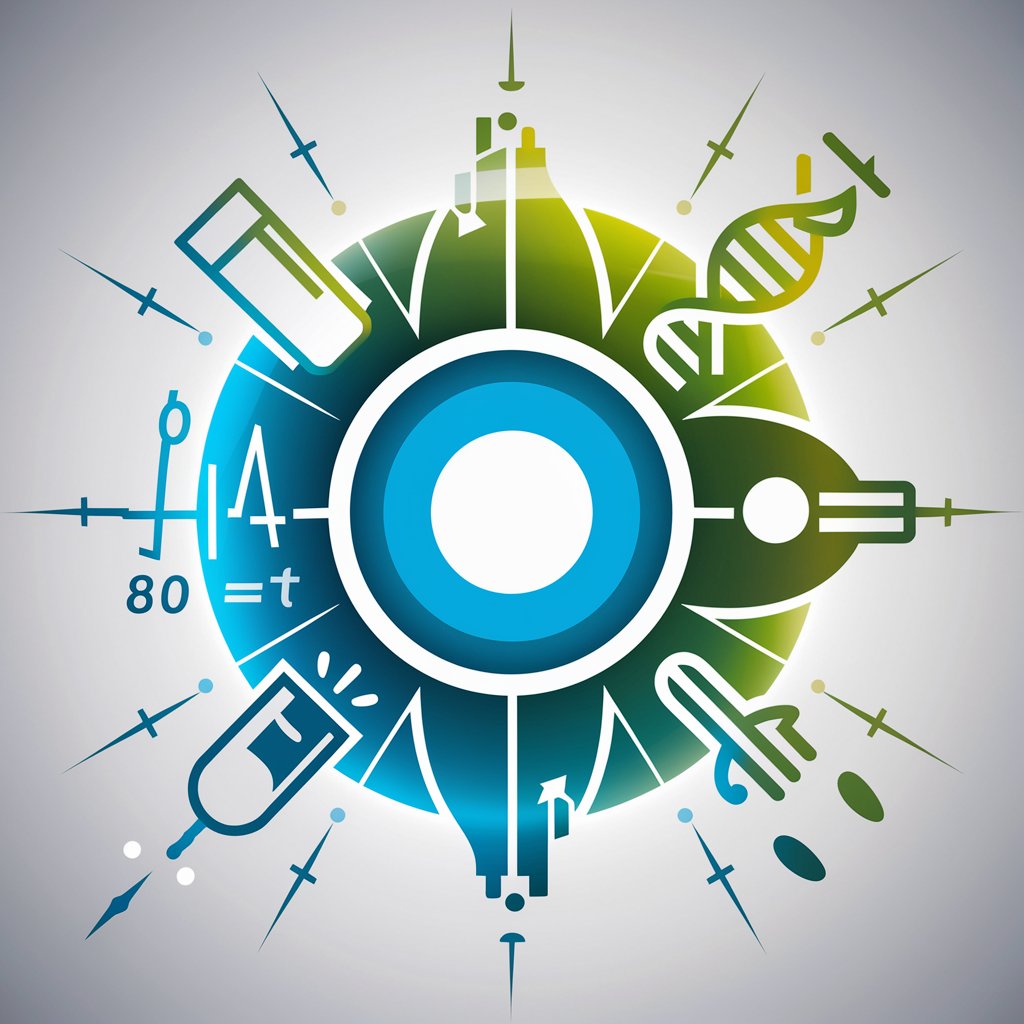
Strokovnjak za slovenski jezik
Empowering Slovenian Communication with AI
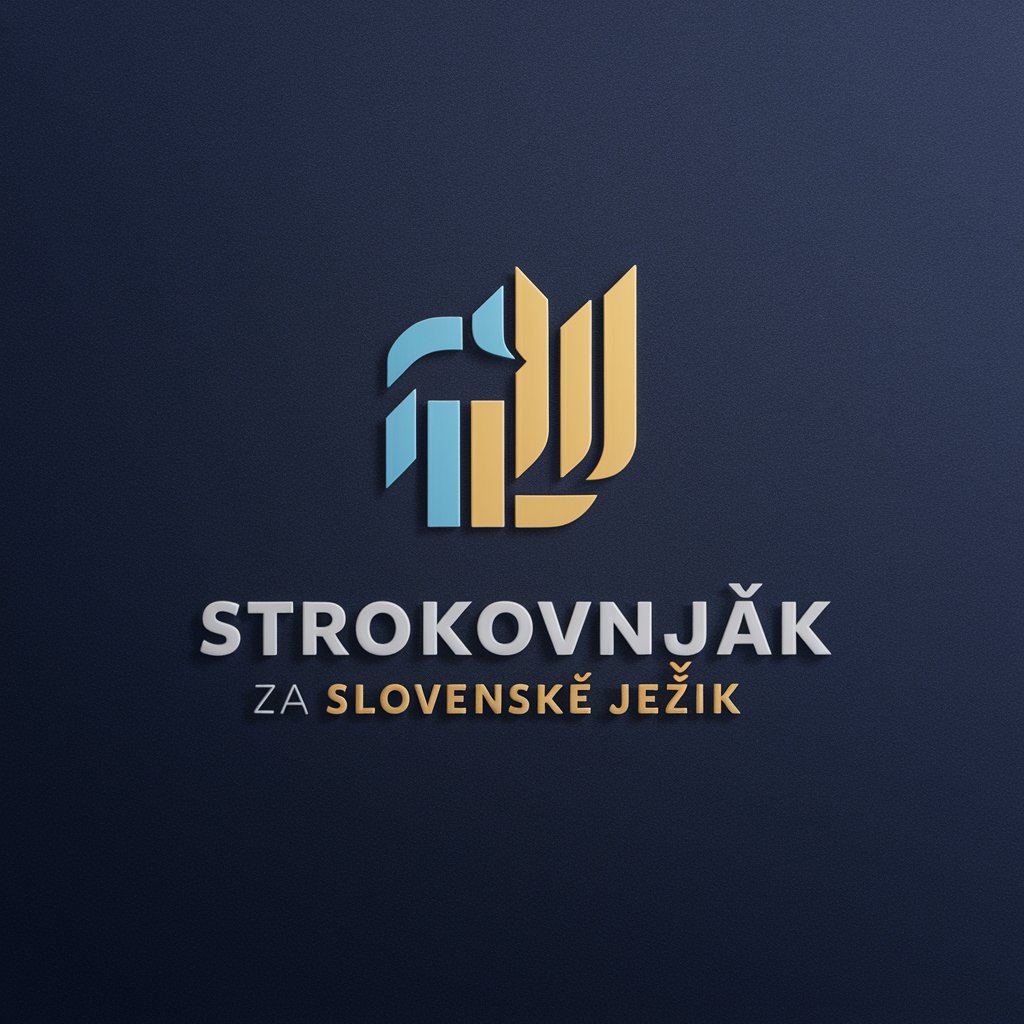
Style Me Up Sally
AI-powered Personal Stylist at Your Fingertips
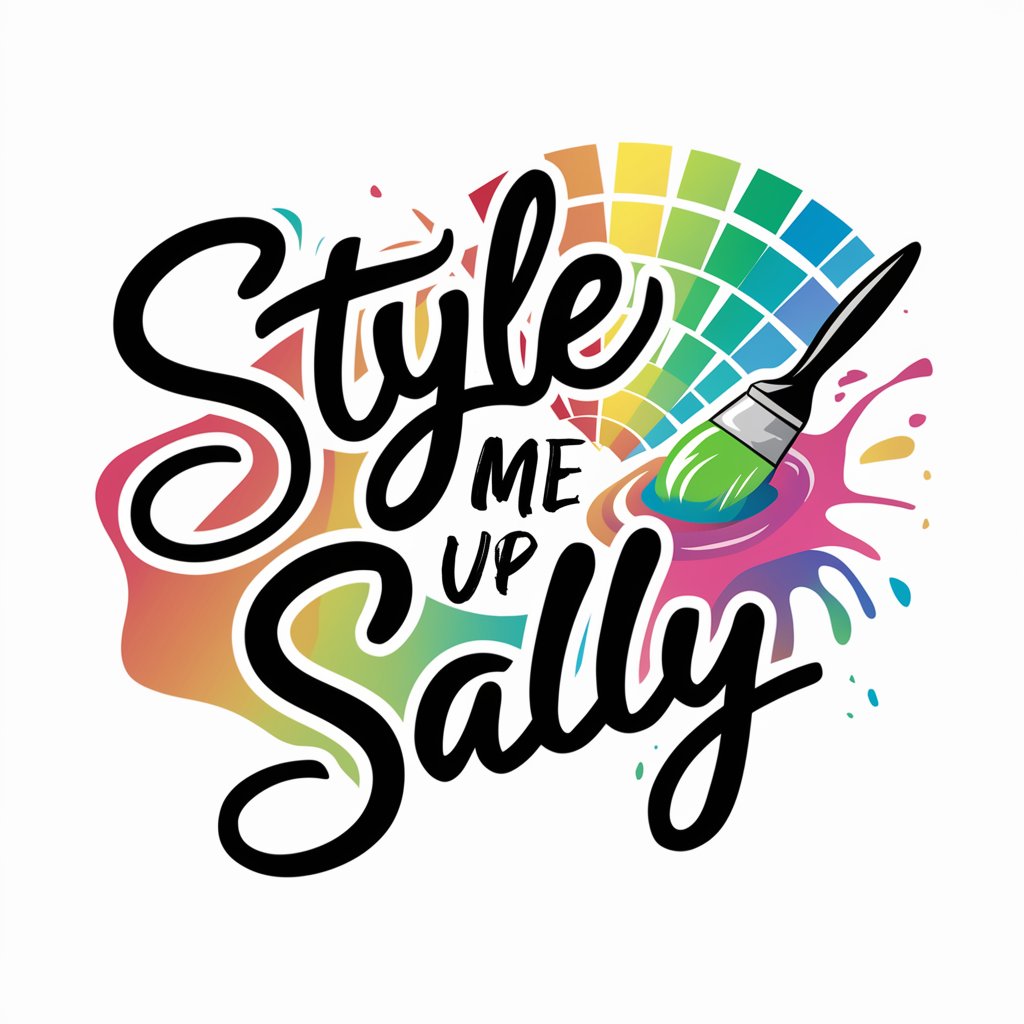
" Doctor Nutrition "
Tailored Nutrition at Your Fingertips

Bored.bot
Spark Creativity, Banish Boredom

国語📚 (中学校)
Empowering Middle School Students with AI-driven Language Mastery

ISO 27001 Compliance Checker & Guide
AI-Powered ISO 27001 Compliance Simplified
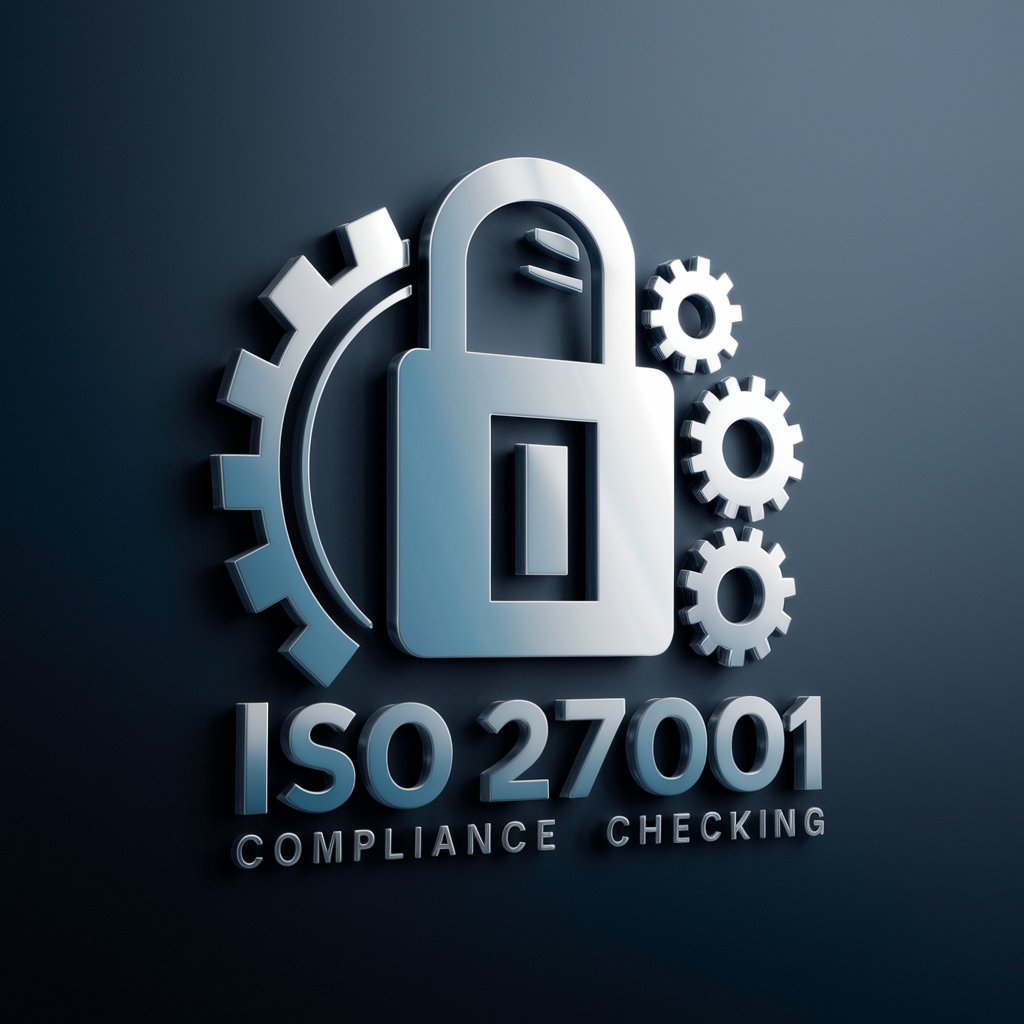
Easy Vegan Meals
Crafting vegan meals, effortlessly.

八字算命
Unlock Your Destiny with AI-Powered Bazi Analysis
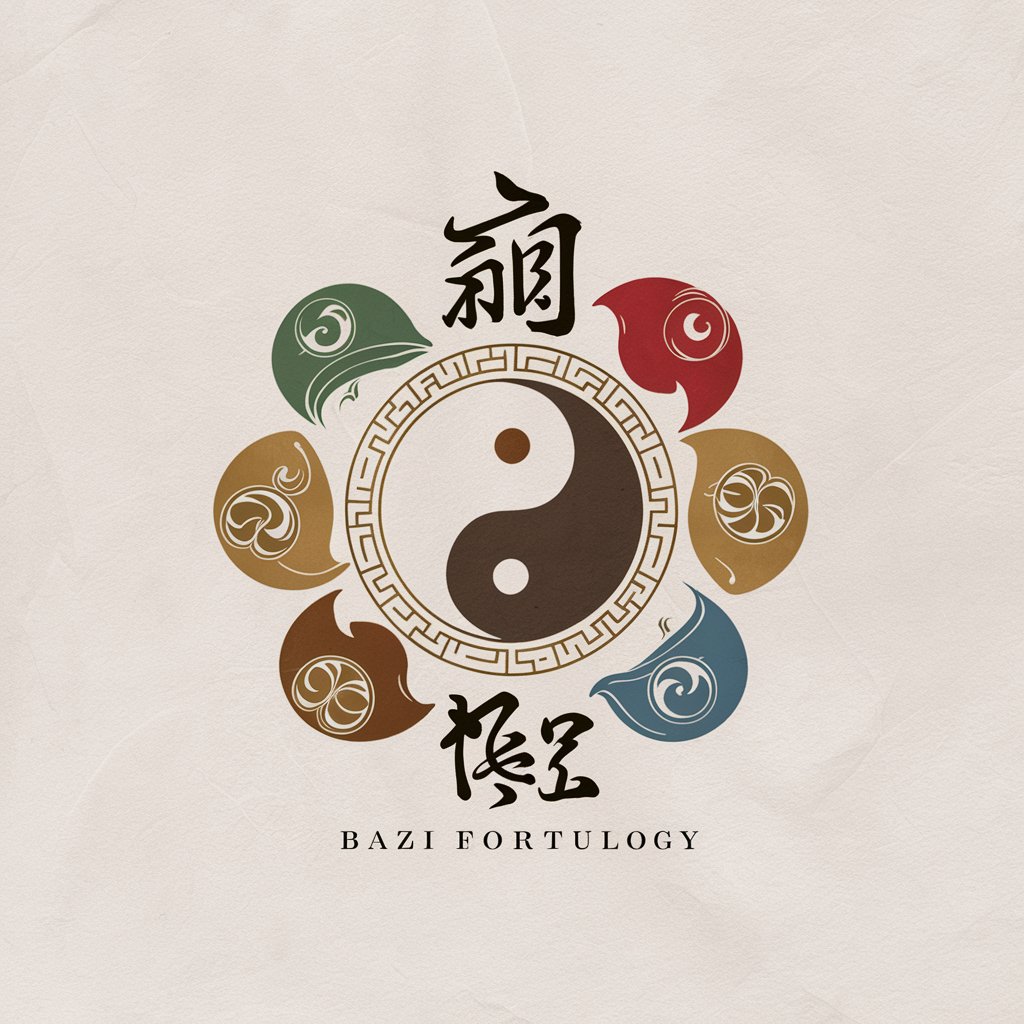
Design tokens generator
Automate design consistency with AI
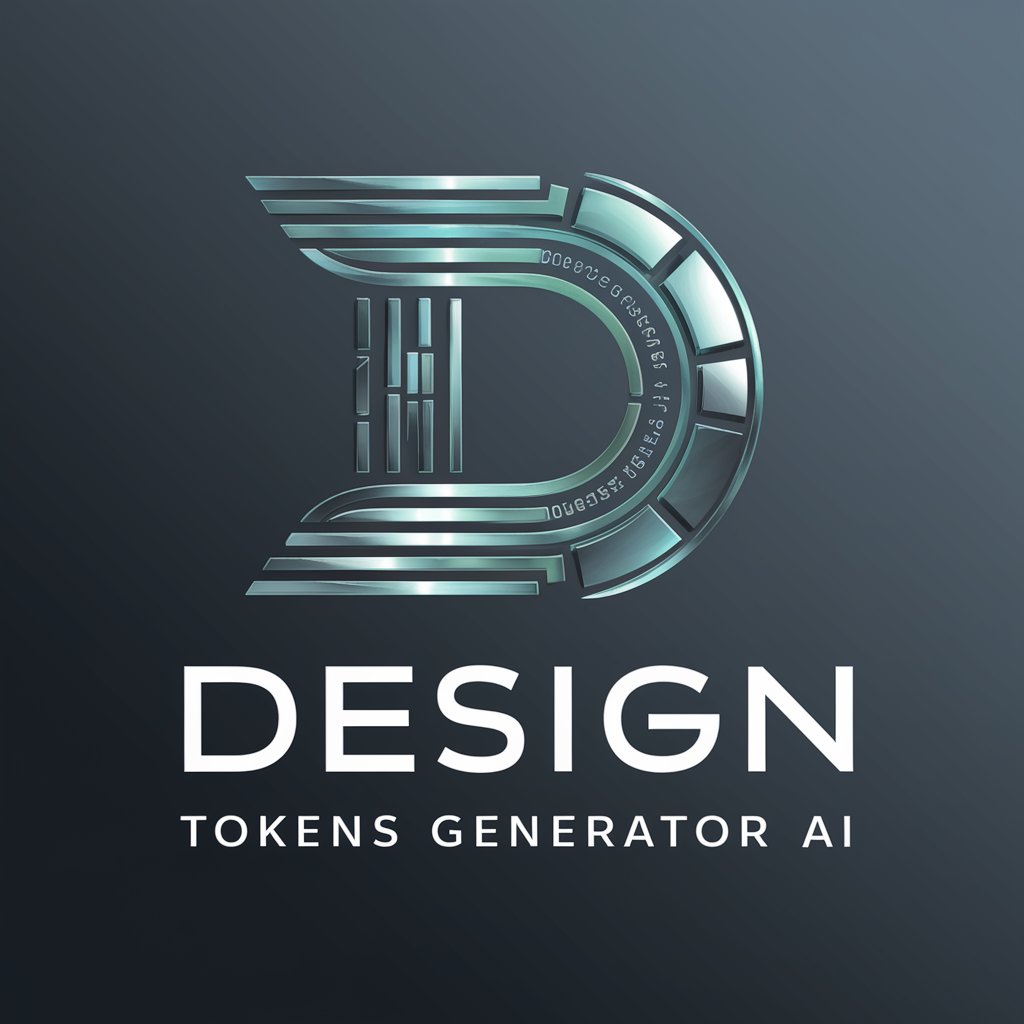
Frequently Asked Questions about Kinaesthetics
What is the primary focus of Kinaesthetics?
Kinaesthetics centers on understanding and improving body movement and perception, with a significant emphasis on its application in healthcare and personal development.
How can Kinaesthetics benefit healthcare professionals?
Healthcare professionals use Kinaesthetics to enhance patient handling, reduce physical strain, and improve patient comfort and mobility.
Can Kinaesthetics be applied in education?
Yes, educators can apply Kinaesthetics to support motor learning, enhance sensory integration, and facilitate more effective learning environments.
Is Kinaesthetics suitable for personal development?
Absolutely, individuals can use Kinaesthetics principles to improve body awareness, personal movement patterns, and overall well-being.
What are the core principles of Kinaesthetics?
Kinaesthetics is founded on principles of body movement and perception, feedback control in movement, and the concept of learning through movement.
